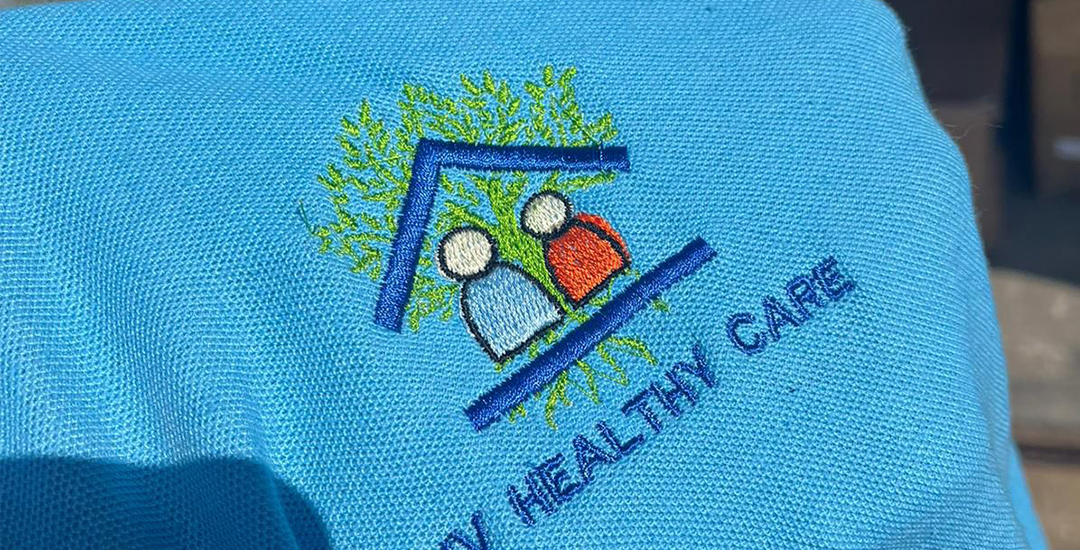Embroidery vs Printing: Which is Better for Your Custom Workwear?
When it comes to personalised workwear, businesses have a choice between two main customisation methods: embroidery and printing. Both techniques have their unique advantages, but the best choice depends on various factors such as the type of garment, intended use, and desired visual effect. In this blog post, we’ll compare embroidery and printing to help you decide which is the right option for your custom workwear.
Embroidery: A Professional and Durable Finish
Embroidery involves stitching the design directly into the fabric using threads. It’s a popular choice for customising uniforms, polo shirts, jackets, and caps. Here are some key benefits of embroidery:
- High-Quality Appearance: Embroidery offers a premium, professional look that adds a touch of class to your workwear. It creates a textured, three-dimensional effect that stands out, making it ideal for logos and text.
- Durability: Embroidered designs are highly durable and can withstand frequent washing and wear without fading or peeling. This makes embroidery the perfect choice for heavy-duty workwear and uniforms that need to last.
- Suitable for Various Fabrics: Embroidery works well on a range of fabrics, including cotton, polyester, and fleece. It’s particularly effective on thicker, more textured materials like polo shirts, hoodies, and jackets.
Considerations for Embroidery:
While embroidery has many advantages, it does have some limitations:
- Complex Designs: Highly intricate or small text designs may not be as clear in embroidery. Simple logos and bold text are best suited to this method.
- Cost: Embroidery can be more expensive than printing, especially for large, detailed designs. The cost is generally based on the number of stitches required, so larger designs with more colours will be pricier.
Printing: Versatile and Cost-Effective
Printing involves transferring ink onto the fabric to create the desired design. There are various printing methods, including screen printing, heat transfer, and digital printing. Here’s why printing might be the right choice for your workwear:
- Cost-Effective for Larger Designs: Printing is typically more affordable for larger designs, as the cost is not dependent on the size or complexity of the artwork. This makes it an excellent option for bold, full-colour logos or graphics.
- Detailed Designs: Printing can replicate intricate designs and fine details, including gradients and small text, with precision. It allows for high-resolution images to be printed directly onto the garment.
- Suitable for Lightweight Fabrics: Printing is ideal for lightweight garments, such as T-shirts and sportswear. The ink adheres well to smooth, flat surfaces, creating a sleek and vibrant finish.
Considerations for Printing:
While printing is versatile, there are a few factors to consider:
- Durability: Printed designs, especially those applied using heat transfer, may be less durable than embroidery. They can crack, peel, or fade over time, particularly if the garment is frequently washed or exposed to harsh conditions.
- Fabric Limitations: Some printing methods may not work well on textured or thick fabrics. For example, digital printing is best suited to smooth, cotton-based materials.
Choosing the Right Method for Your Workwear
The decision between embroidery and printing depends on your specific needs and preferences:
- For a Premium, Professional Look: If you want your workwear to have a polished and sophisticated appearance, embroidery is the way to go. It’s particularly effective for corporate uniforms, hospitality clothing, and any scenario where a high-end finish is desired.
- For Large, Detailed Designs: If your design includes intricate details, gradients, or large graphics, printing is the better option. It’s more cost-effective for full-colour designs and provides a vibrant finish that’s perfect for promotional T-shirts and sportswear.
- For Durability: When your workwear needs to withstand heavy use, embroidery offers superior durability. The stitched design won’t fade, crack, or peel, making it ideal for uniforms in construction, hospitality, or any environment where garments face wear and tear.
Combining Both Methods
In some cases, businesses opt to combine both embroidery and printing on their workwear. For example, you might choose to embroider your company logo on the chest of a polo shirt while printing larger graphics or text on the back. This approach allows you to benefit from the strengths of both techniques, creating a custom uniform that meets all your branding needs.
Conclusion
Embroidery and printing each offer unique advantages for personalised workwear. Embroidery provides a high-quality, durable finish that’s perfect for corporate and heavy-duty uniforms, while printing offers versatility and cost-effectiveness for larger, more detailed designs. By considering your specific needs, garment types, and desired look, you can select the best customisation method to suit your business.


Comments are closed